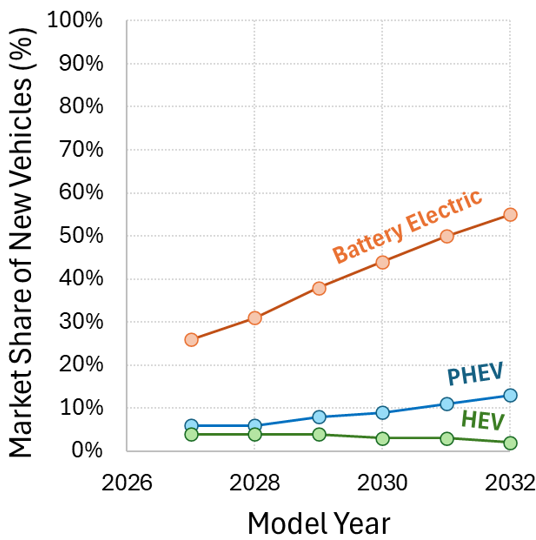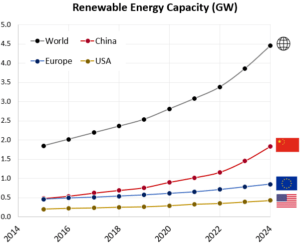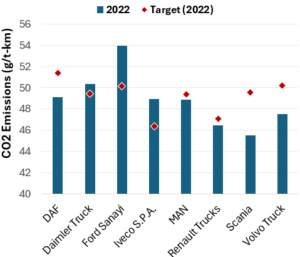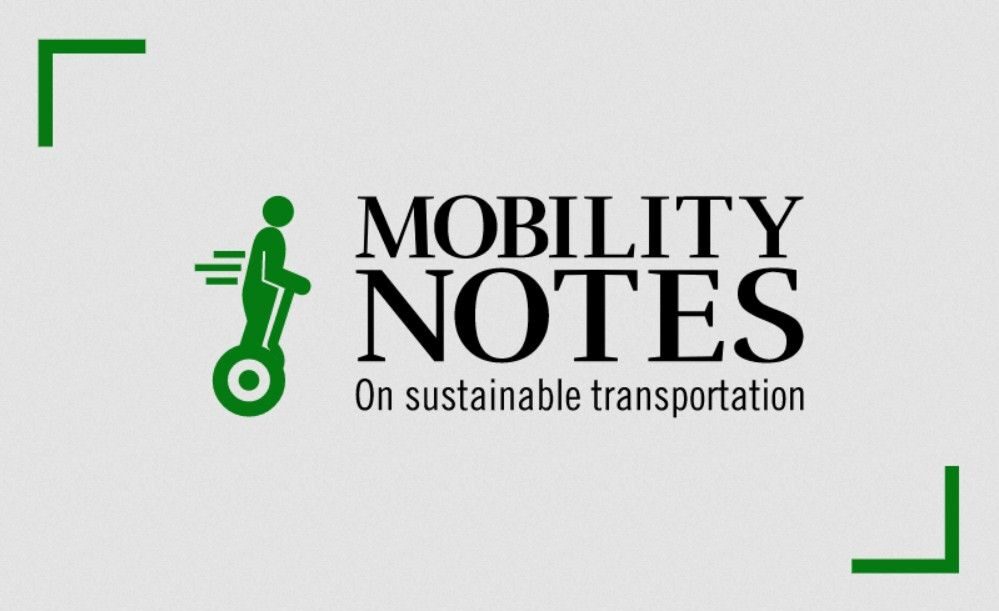Conference Presentation Summary
Direct manufacturing cost of BEV vs ICE
Reference: FEV Consulting Inc., U.S. EPA, 45th International Vienna Motor Symposium

Background
The U.S. EPA has established stringent CO2 tailpipe limits for passenger cars and medium-duty vehicles starting M 2027. We have covered these in an earlier post. The rule will require a fleet averaged 50% reduction in CO2 emissions for light-duty vehicles, over MY 2027 – 2032. The rule, while technology neutral, is clearly expected to promote electrification, and by EPA estimates (shown in the figure) over half of the new vehicle sales will be fully battery electric by 2032.
The EPA, in setting such rules, analyze the cost-effectiveness of new technologies. In a talk delivered at the Vienna Symposium, an example of such an analysis was provided, and we summarize it here. Note that this is limited to direct manufacturing cost, does not cover the markups leading to end customer price and also any reference to the CO2 reduction potential.
Sign up here to receive such summaries and a monthly newsletter highlighting the latest developments in transport decarbonization
5-Min Monthly
Sign-up to receive newsletter via email
Thank you!
You have successfully joined our subscriber list.
Recent Posts

IRENA Renewable Energy Capacity Statistics 2025
![]()
According to the latest report from IRENA, 2024 saw the largest increase in renewable capacity, accounting for 92.5% of overall power additions.

CO2 Emissions Performance of Heavy-Duty Vehicles in Europe – 2022 Results
![]()
The European Commission has published the official 2022 CO2 emission results for heavy-duty vehicles. Many OEMs are ahead of the targets and have gained credits, while others have their work cut out as we approach the 2025 target.
A summary of the SAE 2025 OBD Conference held in Porto, Portugal
![]()
A summary of the SAE 2025 OBD Conference held in Porto, Portugal, provided by MAHLE Powertrain.

